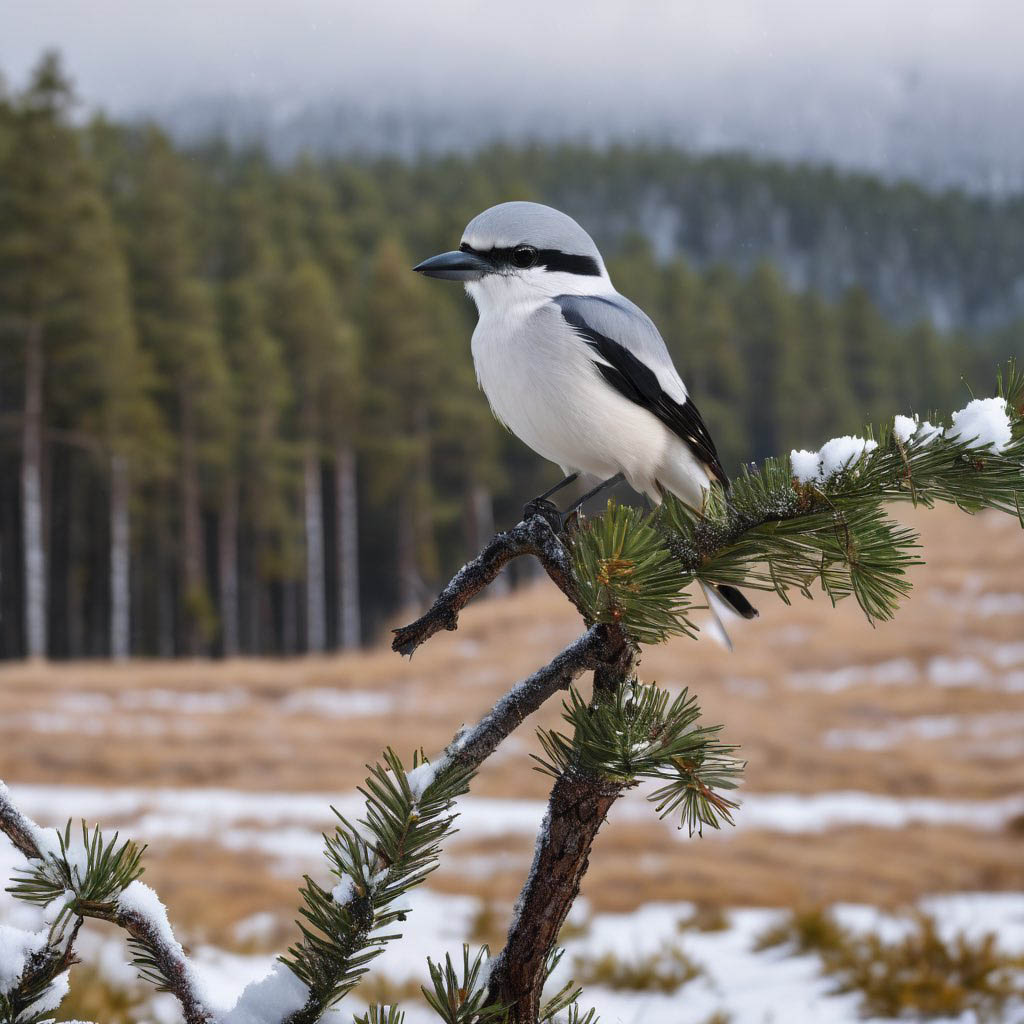Artificial intelligence (AI) is set to revolutionise the world of birding, offering us unprecedented opportunities and transforming the way we observe and understand avian life. As technology advances, AI is becoming an integral part of the hobby, enhancing the experience for both seasoned individuals and newcomers alike. Perhaps the most significant impact of AI on birding is in identification. Traditional bird identification relies heavily on field guides and personal knowledge. However, with the integration of AI, birders can now use smartphone apps to instantly identify birds based on images or sounds (see Birdwatch 375: 21). Machine learning algorithms analyse patterns, colours and calls, providing users with (mostly) accurate identifications in real time. Not only does this accelerate the identification process, but it also opens up the world of birding to those who may not have extensive knowledge of different species.
In addition to identification, AI contributes to data collection and analysis in the field of ornithology. Researchers can use AI algorithms to process vast amounts of data from bird observations, tracking migration patterns, behaviour changes and population dynamics. This data-driven approach allows for more comprehensive and accurate insights into bird species, aiding conservation efforts and providing a deeper understanding of the ecological impact of environmental changes.
Some AI-powered birding apps may foster a sense of community among birders. These platforms allow users to share their sightings, exchange tips and participate in collaborative birding initiatives. Social features within these apps enhance the overall birding experience, creating a global network of birders who can connect, learn and contribute to citizen-science projects.

It's not quite there yet, but AI is getting closer to generating life-like bird images that could be passed off as genuine. Here's the best 'Great Grey Shrike in a snow-covered pine forest' that it's produced for Alan so far.
Real or not?
Virtual reality (VR) and augmented reality (AR) are also set to make their mark on the future of birding. Imagine putting on a pair of AR glasses that can overlay information about the birds you're observing in real time. Species names, migration routes and even historical data could enhance the experience, providing a new layer of understanding as you explore the avian world. VR experiences may transport birders to remote locations, removing the need for high-carbon travel.
AI-driven advancements in photography and imaging technology will likely change the way birders capture moments in the field. Smart cameras equipped with AI algorithms might detect and track birds, automatically adjusting settings for optimal shots. This should make it easier for birders to document their sightings as well as contribute to the growing pool of high-quality images that can aid in research and education. And all of this before we consider that AI-generated images are rapidly approaching a point where they may be indistinguishable from a real image captured in the field.
Despite the numerous benefits, the integration of AI into birding raises some ethical considerations. Privacy concerns related to the collection and sharing of birding data, potential fakery and stringing, and the balance between technology and the authenticity of the birding experience are all areas that birders will need to navigate as AI continues to evolve.
It may be that large parts of the future of birding will be shaped by artificial intelligence. As technology continues to advance, one thing is for sure – birders face a future where artificial intelligence will be difficult to avoid.
- This column first appeared in the February 2024 edition of Birdwatch. To be the first to read the magazine each month, take out a subscription to Birdwatch, or get the magazine alongside your bird news by subscribing to either Bird News Ultimate (paper magazine) or Bird News Ultimate Plus (digital access).

